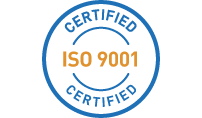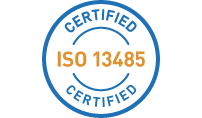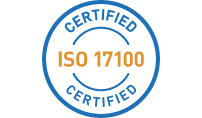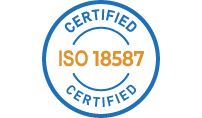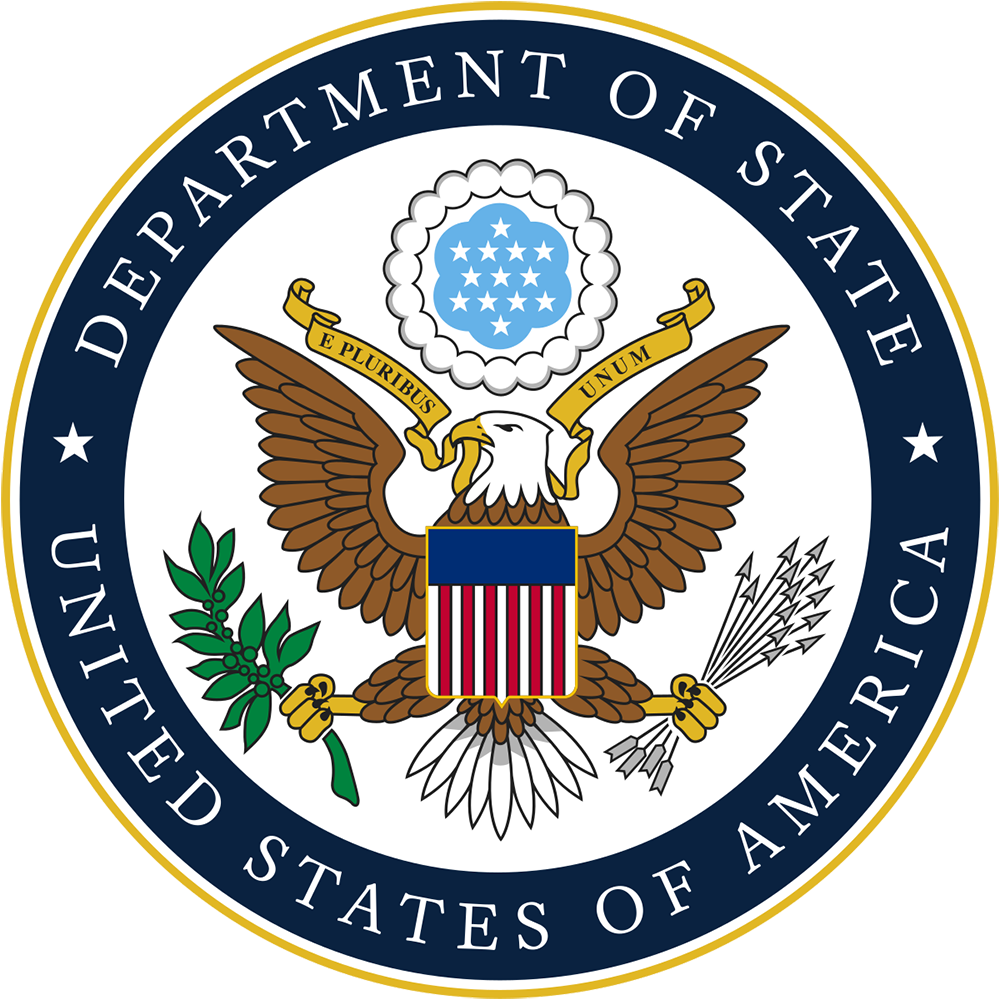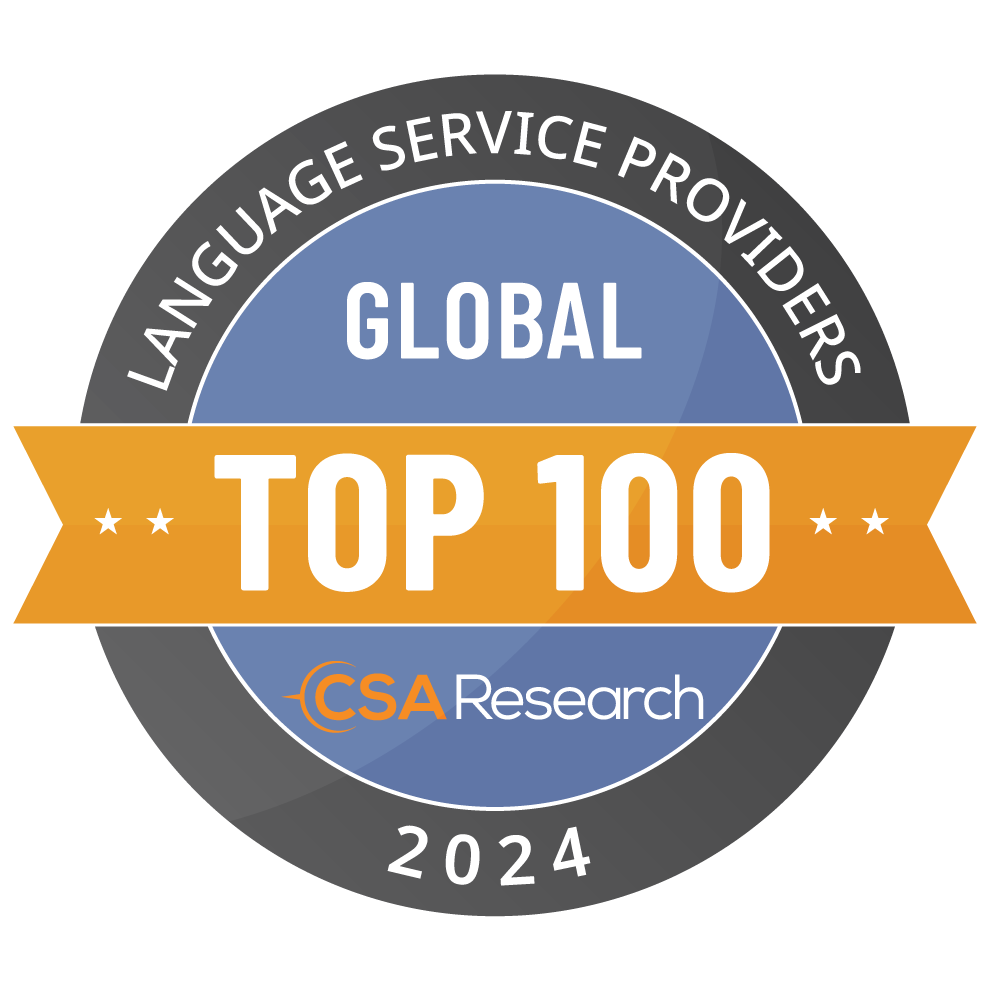
How a QMS (Quality Management System) can ensures translation excellence? In today’s globalized world, effective communication transcends borders and languages. Language translation companies have become pivotal in ensuring that messages are accurately conveyed across diverse cultures and languages. Implementing a robust Quality Management System (QMS) is not just a choice but a necessity to uphold the highest standards of quality and precision in this dynamic field. This article explores the intricate technical details and processes of a QMS in a language translation company and its paramount importance.
A Quality Management System is critical to ensure translation excellence. A QMS is a comprehensive framework that governs all aspects of a translation company’s operations, from project initiation to final delivery. It integrates various technical components and methodologies to ensure that translations consistently meet or exceed client expectations.
Standardization of Processes
 A core pillar of any QMS is the standardization of translation processes. This includes defining best practices, workflow sequences, and quality control measures. By establishing standardized workflows, translation companies can ensure that each project follows a systematic and consistent path, reducing the margin for error.
A core pillar of any QMS is the standardization of translation processes. This includes defining best practices, workflow sequences, and quality control measures. By establishing standardized workflows, translation companies can ensure that each project follows a systematic and consistent path, reducing the margin for error.
Terminology Management
 Effective terminology management is a critical aspect of a QMS. Specialized terminology databases and glossaries are maintained and updated to ensure consistent terminology is used across all projects. Translation memory tools are employed to store and reuse previously translated content, further enhancing consistency and reducing turnaround times.
Effective terminology management is a critical aspect of a QMS. Specialized terminology databases and glossaries are maintained and updated to ensure consistent terminology is used across all projects. Translation memory tools are employed to store and reuse previously translated content, further enhancing consistency and reducing turnaround times.
Quality Control Mechanisms
 Quality Control is a crucial component of every QMS. Throughout the translation process, both automated and manual checks are conducted to identify and fix any errors. These checks may involve assessments of linguistic quality, as well as grammar and style checks using translation-specific software tools.
Quality Control is a crucial component of every QMS. Throughout the translation process, both automated and manual checks are conducted to identify and fix any errors. These checks may involve assessments of linguistic quality, as well as grammar and style checks using translation-specific software tools.
Resource Management
 Effective resource management is essential to optimize productivity and minimize bottlenecks. A Quality Management System (QMS) allows translation companies to efficiently allocate and track resources such as translators and reviewers, ensuring that projects are completed by the most suitable teams.
Effective resource management is essential to optimize productivity and minimize bottlenecks. A Quality Management System (QMS) allows translation companies to efficiently allocate and track resources such as translators and reviewers, ensuring that projects are completed by the most suitable teams.
Project Tracking and Reporting
![]() QMS software often includes robust project tracking and reporting mechanisms. Project managers can monitor the progress of each translation project in real-time, track milestones, and generate detailed reports. This not only ensures accountability but also helps in identifying areas for improvement.
QMS software often includes robust project tracking and reporting mechanisms. Project managers can monitor the progress of each translation project in real-time, track milestones, and generate detailed reports. This not only ensures accountability but also helps in identifying areas for improvement.
Client Collaboration:
 A QMS often includes a client portal or collaboration platform where clients can submit and review projects. This enhances transparency and allows clients to provide feedback directly, facilitating a collaborative approach to translation projects.
A QMS often includes a client portal or collaboration platform where clients can submit and review projects. This enhances transparency and allows clients to provide feedback directly, facilitating a collaborative approach to translation projects.
Continuous Improvement
 The data collected through a QMS is invaluable for continuous improvement. By analyzing key performance indicators and client feedback, translation companies can identify areas that require enhancement, implement corrective actions, and strive for ongoing excellence.
The data collected through a QMS is invaluable for continuous improvement. By analyzing key performance indicators and client feedback, translation companies can identify areas that require enhancement, implement corrective actions, and strive for ongoing excellence.
Conclusion
A Quality Management System is the backbone of precision and quality in a language translation company. It integrates technical processes, terminology management, quality control mechanisms, resource management, and reporting tools to ensure that translations are accurate, consistent, and tailored to client needs. By embracing a QMS, translation companies can meet the demands of a globalized world and stay competitive in a rapidly evolving industry. The technical intricacies of a QMS enable translation companies to deliver exceptional results, making it an indispensable tool for language translation professionals aiming for excellence.




